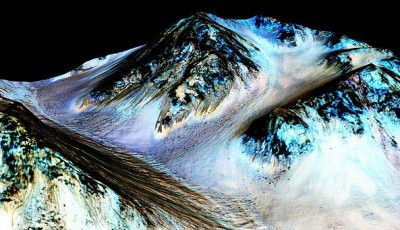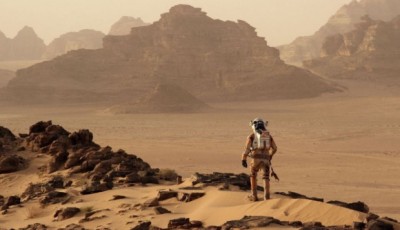NASA scientists find new uses for human waste
If this succeeds, the astronauts will be able to go on a longer space expeditions. A certain algae, created out of carbon, can also be used to feed the yeast.
NASA dreams of sending humans beyond planet Earth for expansion and exploration, but survival remains unsure. Scientists are looking for the best way to pack as many essential materials from food to vitamins to plastics as efficiently as possible on the journey from Earth.
A report from the Times of India says that NASA is doing quite well with achieving these objectives one by one until they stride towards this once unrealistic dream. Astronauts use synthetic food which lasts long.
The first ever lettuce grown in outer space is made of simple romaine leaves. They are already drinking their own urine aboard the global Space Station. But now, they have the knowledge that food generation in space is possible.
Plants will be an integral part of any life-support system for extended missions, providing food and oxygen and processing waste.
NASA selected eight university-led proposals and turned to Mark Blenner of Clemson University, in South Carolina for the poop-based project where researchers believe using microorganisms, they can turn a very unlikable and unpleasant waste product into something tasty to eat.
NASA, who seeks to land on Mars by the year 2030, are investing such a large amount of money in order to discover more ways to keep astronauts self sufficient even over lengthy space travel missions. Blenner is quoted as saying, “A particular strain of yeast can be genetically manipulated to create polymers, or plastics, used for 3D printing, as well as Omega 3s, which lower heart disease risk, and protect skin and hair”. This yeast is, according to theories grows on nitrogen and carbon. Each team will explore “innovative, early stage technologies that will address high-priority needs of America’s space program”, the agency said.











